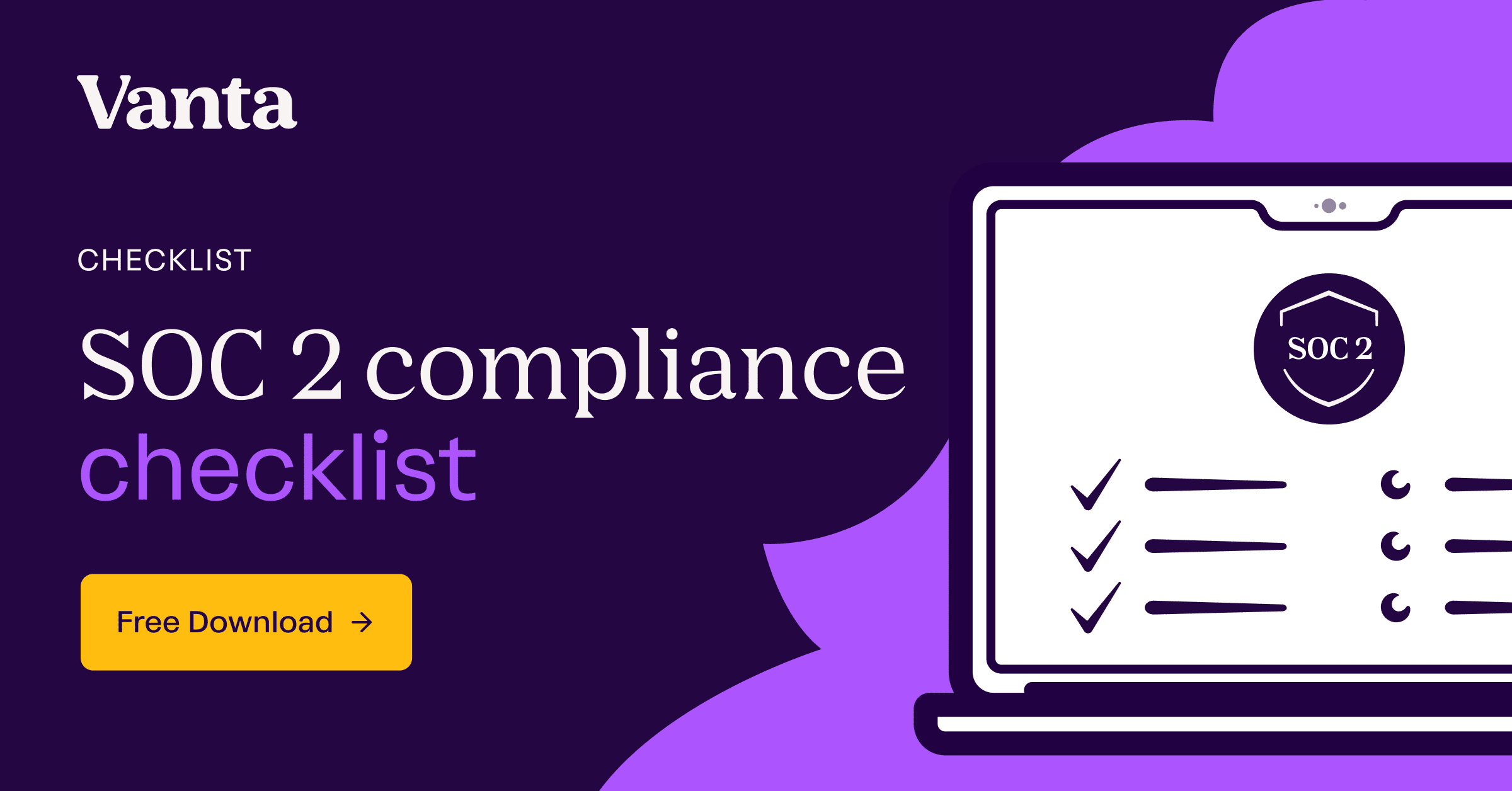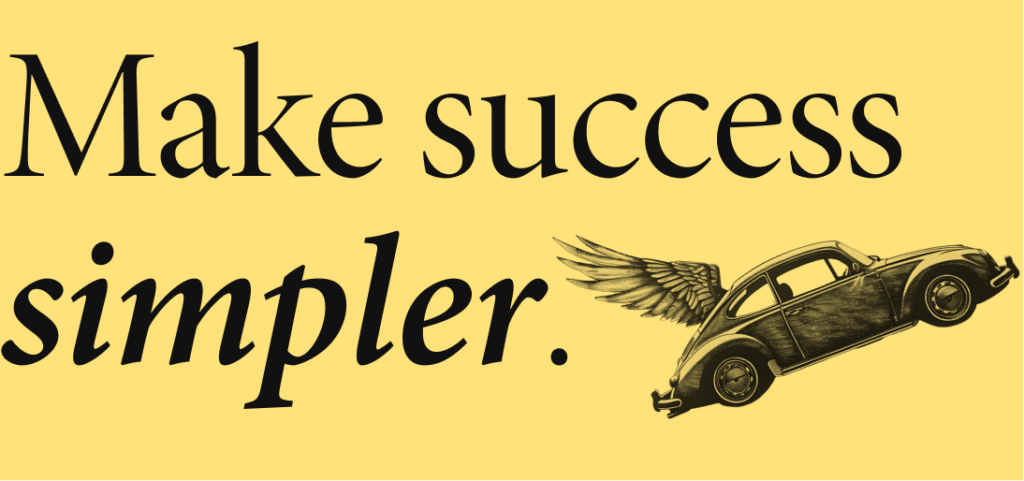Welcome to One Thing Better. Each week, the editor in chief of Entrepreneur magazine (that’s me) shares one way to achieve a breakthrough at work — and build a career or company you love.
Today’s edition is sponsored by Vanta — the all-in-one trust management platform. Details at the end of the newsletter.
You’re about to meet someone important. And you’re nervous.
Maybe it’s a potential partner. Or an investor. Or someone you want to learn from.
Maybe you’re like OTB reader Meg Kubo. She just asked a billionaire CEO for advice — and he agreed to talk! Now she’s anxiously prepping.
She just wrote me, asking this:
I’d love to know how you overcome any nervousness or fear when talking to powerful people. Are there any rules or guidelines you follow when preparing for these conversations?
Happy to help, Meg! I have one rule:
Treat the conversation like a joint project.
This lowers your stress and increases your focus, allowing you to have more meaningful and powerful conversations — with anyone.
Today, I’ll show you how it works. Then I’ll explain how I use it to great effect.
But first, let’s ask:
Why are we nervous talking to others?
Here’s the typical answer: power differentials. When we perceive someone as big, we treat ourselves as small.
But I’m not sure that fully explains it. After all, power isn’t always intimidating. Powerful people can be friends and advocates!
Instead, here’s my answer: Sometimes, we believe that we need a conversation more than they do.
If a conversation feels more valuable to you than them, then you’ll be self-conscious about every minute. Or you’ll worry that they’ll be bored or annoyed. Or that you are a burden.
This is also why sales calls can be intimidating, and why talking to strangers is unnerving. It’s a perceived imbalance of need, not necessarily power.
So, how do we solve for this? Here’s how:
We must define a shared purpose
Whenever I enter a potentially intimidating conversation, I always remind myself:
This is not ME talking to THEM. This is US working toward a GOAL.
When you think like this, it reframes the experience. Suddenly, we are partners. I have a job, and they have a job, and our jobs must align to achieve our shared goal.
For example…

A few years ago, I interviewed Dwayne “The Rock” Johnson and his business partner Dany Garcia. This could have been intimidating — but after some pleasantries, I started the conversation like this:
“Entrepreneurs want to learn from you,” I told them. “They want to know what you’ve figured out, so that it can help them in their own business. So that’s our goal here — through this conversation, we’re going to teach them some of the things that drove your success.”
After many years of interviewing celebrities and CEOs, I’ve found that these are the magic words. Dwayne and Dany nodded as I said this, and I could see them relax into the conversation. They were open, thoughtful, and just wonderful.
I’ve experienced the same thing with Jimmy Fallon, Michelle Pfeiffer, Mark Wahlberg, Richard Branson, and many more. After I give my little preamble, we have an understanding. And we get down to business.
Why does this work?
Maybe you’re thinking: Yeah, but Jason, you write magazine stories. Of course celebrities want to talk with you.
Not necessarily! Celebrities usually do interviews when they have something to promote, and they approach it with caution. They don’t know what I’ll write, and they’ve been burned before, so I’m a wildcard. But once I deliver that opening, they loosen up.
Here’s why: When I state a shared goal, I create a shared purpose. I establish our roles, and we can now work together toward a specific outcome — which we both want!
This same approach applies in other ways, like…
- On a sales call: If someone’s considering me for a keynote talk, I begin by asking them about their event, and how we might make it successful together. I use phrases like “if we work together.”
- Talking to strangers: If I’m alone at a conference or party, I look for people who seem unoccupied. I might say: “Don’t know anyone here either?” Or maybe: “Hi, I’ll be the awkward guy starting conversation.” Our shared goal is to escape the isolation.
- Giving feedback to a colleague: Instead of making it feel like criticism, I frame it as collaboration. I might say, “We both want this project to work, so let’s look at ways to refine it together.”
But now let’s go one even deeper.
In all of the above situations, there’s a clear sense of purpose. I’m writing something, or selling something, or working through something, or trying to pass the time with someone who’s on equal footing with me.
But what about a situation like Meg’s? Which is to say…
What if you have nothing to offer?
Meg is prepping to talk with a billionaire. She has nothing meaningful to give him — no money, no press, no connections. So what’s their shared goal?
It’s this: Making their time together purposeful and worthwhile.
To establish this goal, Meg should begin their conversation like this:
“I know that you’ve been successful in X specific thing. That’s important for me to understand because of Y specific reason. So I’d love to ask you some specific questions about how you’ve done that, which will help me achieve Z.”
See what we’ve done? Meg is basically saying: “Your time today will be well-spent, because I’ve done my homework, I know what I need from you, and I will tactically apply your insights.”
I don’t care if you’re a billionaire or just a thousandaire — you want your time to be valued and valuable.
Most people don’t do anything like this. Instead, they ask to “pick your brain” or “learn your story.” I used to say yes to requests like that, and the calls were meandering. People asked broad questions, or launched into long spiels about themselves. Nothing was accomplished.
Now I almost always say no. I just don’t have the time or energy. (My friend Justin Welsh has excellent advice on how to do cold outreach better.)
So if you get someone’s attention, value it highly. That goes a long way.
Remember, people are just people
Yeah, “powerful people” built successful things. They have a lot of money.
But also… they’re just another human being. And although power can be undefinable and unpredictable, humans are very definable and predictable. We all want to be valued. And we like working together.
So set a goal. Work toward it together. Treat conversations like collaborations.
That’s how to do one thing better.
The all-in-one trust management platform

As a startup founder, finding product-market fit is your top priority. But landing bigger customers requires SOC 2 or ISO 27001 compliance—a time-consuming process that pulls you away from building and shipping.
That’s where Vanta comes in.
Join over 9,000 companies, including hundreds of Y Combinator-backed startups like Supabase, Newfront, and Fern who streamline compliance with Vanta’s automation and trusted network of security experts.
Start with the SOC 2 compliance checklist, which breaks down the process into clear steps—so you can spend less time on compliance and more time growing your business.
*sponsored
Final notes for today
P.S. Here’s my newsletter-writing process. A writer friend asked how I make OTB, so I recorded a voicememo to explain it — and I’d like to share it with you too. So here it is!
